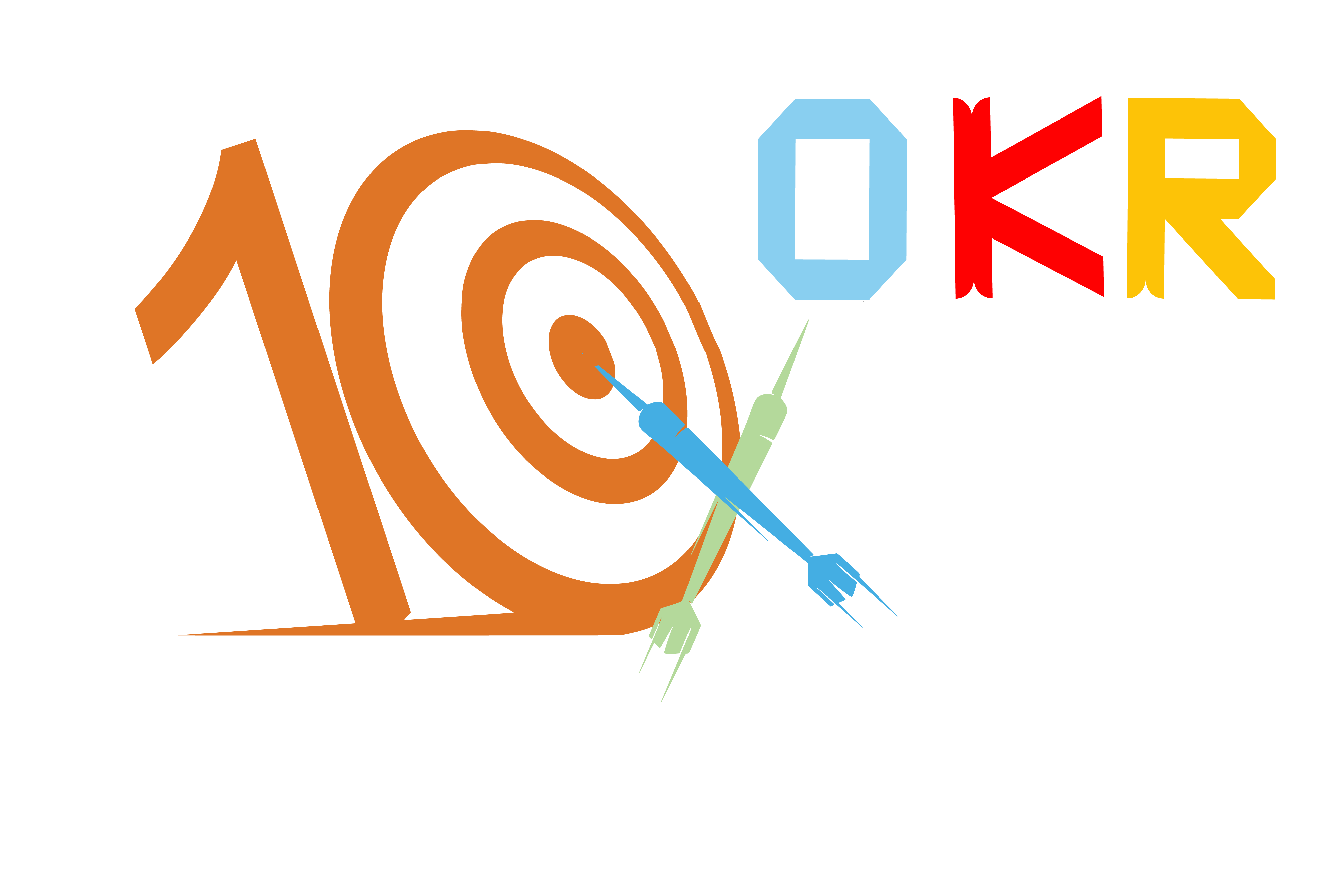Table of Contents
How does Employee Engagement Through OKRs Help Businesses Thrive?
Effective and nurturing company culture is crucial for the success of any business. Since employees form the heart of a company, employee engagement brings in positive alignment with the company’s values and goals. The OKR framework will enhance customer engagement and introduce favourable reviews about the company. It also reduces overall staff turnover.
Engaged employees bring in better ROI— according to a recent employee engagement study by Gallup, there is a 23% increase in gains in businesses with motivated workers. Setting the OKR (Objectives and Key Results) framework to improve employee engagement is an effective strategy many companies adopt to achieve beneficial results.


This goal-setting framework helps with performance management and increases employee engagement by offering precise objectives matching the company’s strategic goals.
In this article, let’s take a look at why employees’ connectedness and motivation will drive company success. We will also review how the OKR framework will increase employee engagement and the steps required to achieve it.
Understanding Employee Engagement: What is the Importance of a Motivated Workforce?
Employee engagement is critical for good employee productivity since committed employees who put in their best efforts are the ones who improve the company’s revenue and work culture. Some of the benefits of having a motivated workforce include the following:
1. Emotionally-invested employees:
Engaged employees are dedicated to their work as well as the goals of the company, not just because of the salary but also because they are emotionally invested in the company. They try to align their work ethics with the missions of their employers.
2. Higher-quality outputs:
A motivated workforce is made up of engaged employees who see the potential of the company and thereby see true meaning and significance in their work. They have the best intentions for the company. Engaged employees also stay more focused and aim to produce higher-quality output within shorter periods of time.
3. Better innovation:
Since their primary aim is to drive the company to greater heights, so they are more innovative. They think outside the box and come up with creative solutions.
4. Better work culture:
A motivated workforce can improve overall company culture. They are positive in the work setting and have fewer conflicts since they are working towards a common goal. This creates higher employee satisfaction rates as well.
The Three Kinds of Employees: Engaged, Disengaged, and Actively Disengaged Employees
A lot of issues arise in the work environment due to an unmotivated workforce. Since they are lazy and unenthusiastic, they affect the entire team and create a negative environment. Their lack of punctuality and delay in terms of deadlines can also force other employees to take up additional work. Since they are more likely to leave their jobs, the company can also suffer losses. Their underperformance can decrease customer satisfaction and loyalty and increase unproductivity.
1. The engaged employee
A motivated workforce can improve overall company culture. They are positive in the work setting and have fewer conflicts since they are working towards a common goal. This creates higher employee satisfaction rates as well.
2. The disengaged employee
These employees do not put energy or rigour into their work. They come to the workspace just for the sake of earning some income. They do not align their work with the company’s values and goals. They move from one salary date to the next without any set objectives.
3. The actively disengaged employee
Typically, male employees in their middle ages who have been stuck with the same job for years display traits of an actively disengaged employee. They are extremely unmotivated and despise their job.
Driving Employee Engagement: How does the OKR Framework help?
To avoid the number of disengaged employees and boost employee success, companies can adopt many measures. They can give performance reviews, appreciate good work and recognize achievements. Employers can use employee engagement software and have an open-door policy to hear grievances. By giving positive feedback and meeting individually with the employees, companies can also motivate their workforce. One of the most effective methods is to implement the OKR framework.
This performance management tool can enhance employee engagement drastically. It provides a competitive advantage that can lead to higher profits. The basic tenet of this achievement-oriented execution framework is to set clear goals and track progress. Employees feel that they are working towards company goals, thus creating a sense of unity and accomplishment when they reach their target. Creating effective OKR objectives for employee retention and engagement can start a transparent decision-making process. Everyone will contribute to the company’s growth. The OKR must be made keeping in mind the accessibility of the entire team.
In his bestseller Measure What Matters, John Doerr discusses how, through peer recognition, employee engagement can be enhanced. Thus, for maximum impact, employees must be frequently recognised for their performance. It should also be precise, highly visible, and tied to top-line OKRs. An example of employee engagement OKR would look like this:
Objective
Increase team motivation and overall contribution. Provide incentives if necessary.
Key Result 1
Reduce the number of workforce complaints from 5 to 2.
Key Result 2
Ensure that 100% of the workforce receive individual feedback and assessment report.
Key Result 3
Appoint one more HR resource person to hear grievances.
How to Implement the OKR framework?
The OKR methodology sets strategic objectives to ensure company success. Some of the few ways of implementing this framework include the following:
1. Utilising progress charts:
By including the employees in goal-setting tasks and keeping them in the loop when it comes to company objectives can make the employees feel seen. Peer feedback can stimulate teamwork and make the members understand the bigger picture of their assignments. Analysing their progress and appreciating their efforts will go a long way. Managers must help break down high-level goals into doable OKRs.
2. Providing regular recognition
When employees know their progress is being tracked, they tend to stay focused on their goals. The HR teams set certain standards when it comes to employee recognition and grievance hearings. Thus, the OKR framework will hold both employees and the HR team accountable for goal accomplishment. Employees also feel valued and appreciated with regular feedback.
3. Ensuring transparency:
OKRs promote transparency and responsibility. When objectives and progress are evenly distributed across the organization, employees can keep track of how their peers are contributing to the company’s success. This will motivate them to do better and collaborate to achieve common goals.
4. Encouraging continuous learning:
OKRs encourage continuous learning and growth. By placing ambitious but achievable objectives, employees are inspired to pick up new skills and take on new challenges. This will also foster personal and professional growth.
5. Focusing on employee wellness:
Companies that make the employee experience when working for them a priority are bound to thrive. Employees feel happier and get more work done when they know their health is backed up by the company. The accessibility of healthy foods, good medical insurance, and proper breaks in an unrestricted breakroom is essential for success. Some companies allow subsidised gym memberships to encourage the incorporation of fitness in their employee’s routines.
6. Providing a clear sense of direction:
OKRs offer employees a clear sense of direction and purpose. When employees comprehend what the company is working towards, they align their objectives to fit into it. They feel that their individual contributions can make a difference, and they are more likely to be committed to their work.
All in all, OKR as a performance management tool can improve employee engagement drastically. Companies can benefit through higher profits since the OKR framework can set clear goals and track progress. OKR objectives favour employee retention and engagement by starting a transparent decision-making process.



